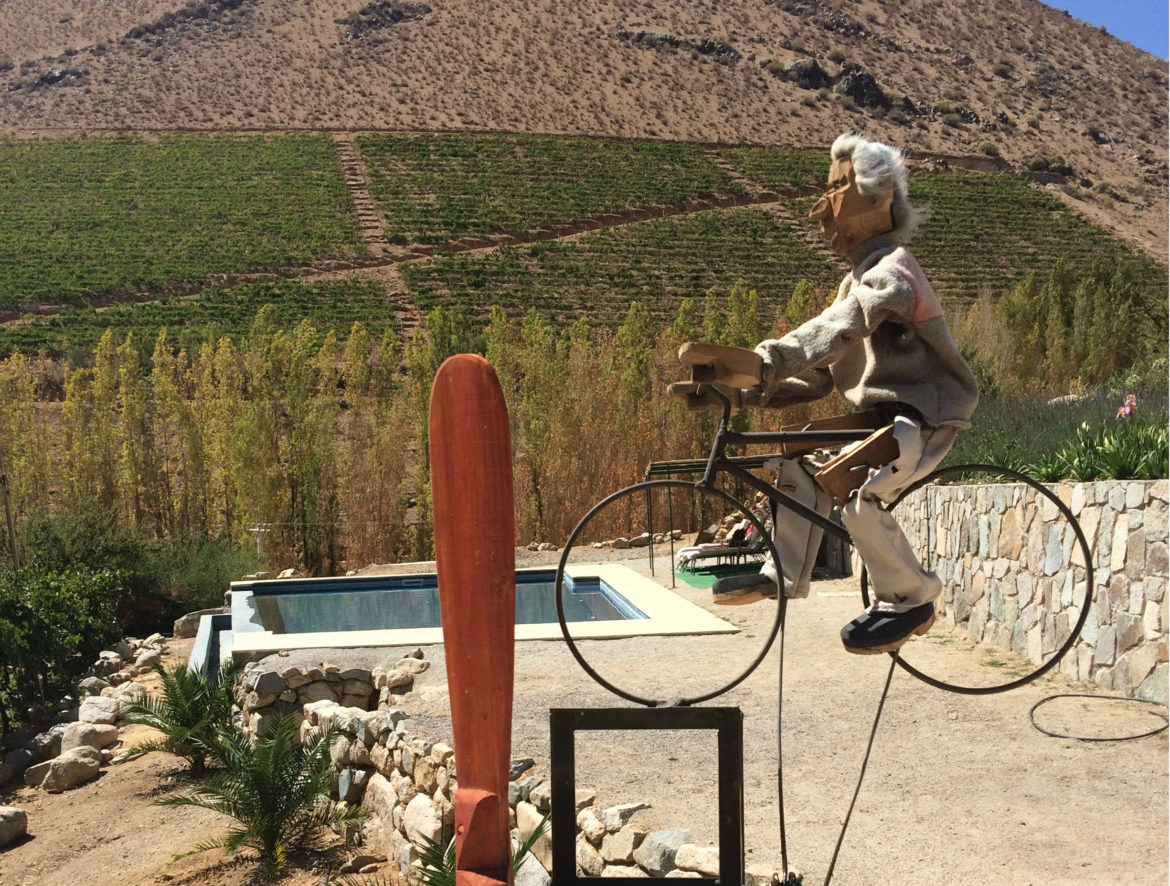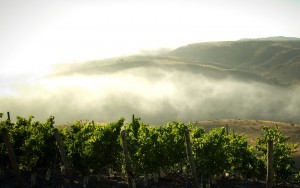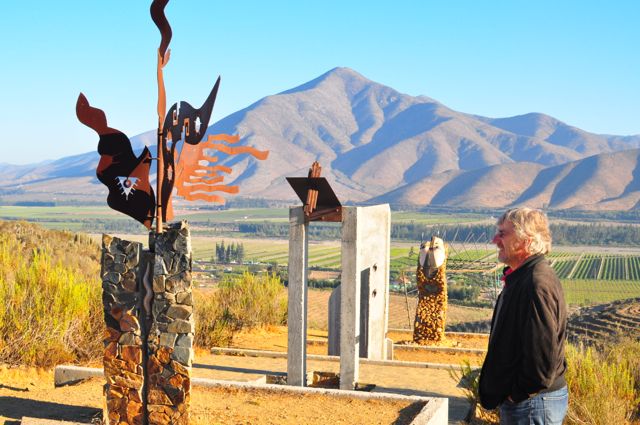Chile has long been overshadowed by neighbouring Argentina when it comes to high-altitude wines. Argentina claims the highest vineyard in the world at 3111m above sea level (although hotly contested by a dozen producers in Bolivia with vineyards scraping the 3000+ mark). While Chile equally shares the lofty heights of the Andes mountains all along its tall, thin spine, the country’s vineyards have been on decidedly lower ground. Until now.
Although the European settlers preferred the warm, fertile and flat lands of the Central Valley basins for their grape growing, over the two decades winemakers in Chile have wanted anything but. Exploring far and wide for the next ‘cool climate’ region of the country, most of the searches have pushed producers towards the coast.
The original coastal regions like Casablanca, San Antonio and even Leyda have become so well established that they now set the standard for Chile’s mainstream cooler climate varieties including Sauvignon Blanc and Pinot Noir. As prices in these regions have shot up, the Central Valley producers have begun extending out to the coast too, with great success coming from Paredones and Lolol in Colchagua, and Manzanar in the Aconcagua region. More adventurous coastal regions like Zapallar, Limarí and Huasco continue to bring the excitement factor to Chile’s maritime wine scene, but run costly risks of little water and tricky logistics.
Although many and most are still looking westwards, there is a movement creeping along the east of the country where vintners are finding a new kind of cool.

Renowned for having some of the clearest skies in the world and for its unparalleled star gazing, Elqui Valley is also a rising star for altitude viticulture. Take your leave from the beachside airport in La Serena (the usual gateway to Elqui), and vineyards will appear before the sea fog has even cleared. Elqui by all means begins with a coastal influence, but as you follow the lick of Rio Elqui (Elqui River) upwards a new dimension begins to appear.
In perhaps one of the truest valley formations in Chile, the vineyards are all planted on the slopes of the river which unites this diverse appellation. Starting at a humble seafarer’s range of less than 350m altitude, as you follow the rambling river uphill, you’ll find lush green avocado plantations leading the way to more vineyards: historically renowned for producing pisco, but now increasingly being used for wine production too.
Beyond the touristic town of Pisco Elqui, and surrounded by dream catchers and New Age settlements, is the emerging micro-region of tippy-top Elqui, Alcohuaz, with new vineyards standing proud at 2200m above sea level. These are the highest vineyards at altitude in Chile, and are within the elite Andean club of vineyards reaching over 2000m. This is cradle of Chile’s exploration into altitude wines.
Planting vines is nothing new in this region, in fact some vineyards have been in production for over 300 years. As the home to Chile’s large pisco production, you’ll commonly find chubby vines of Moscatel de Alejandria, Moscatel Rosada, Torontel and Pedro Jimenez that are over 50 years old. You can graft here (albeit in the pergola method), and you can occasionally find old wine grapes too.
“We have a vineyard 2070m in altitude, and it is the oldest vineyard in the area – between 65 to 70 years old,” says Giorgio Flessati, winemaker for Viña Falernia, a winery which many would consider the modern matriarch of wine production in Elqui. “The grapes are perfect… low yield and a great skin.”
The latest producer to emerge from between the avocado trees is Viñedos de Alcohuaz. A joint project between the former mayor of the town and seasoned pisco producer Juan Luis Huerta, Santiago investor and visionary for the project Patricio Flaño, and De Martino’s well-travelled and experienced winemaker Marcelo Retamal; this is an enterprising and creative project bound to put the region firmly on the wine map for its extreme plantations at 2208m. It is here where they are more convinced by the potential of Mediterranean varieties such as Syrah, Petit Syrah, Grenache and Carignan, and planning Marsanne and Roussanne for the future.
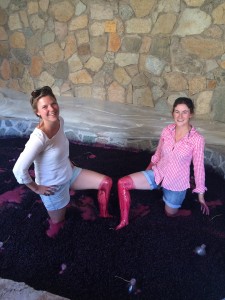
“Altitude has an important effect on temperature, radiation and soil structure,” says Emily Faulconer, the Head Winemaker at Viñedos de Alcohauz. “Temperatures can change 0,6ºC every 100 m and the differences between night and day are bigger (during the ripening period it is 20ºC average). This allows for the production of grapes with higher natural acidity and fresher aromas. The radiation is higher as you go up in altitude, as a result the skins are thicker and with this we obtain more concentration. The soils at high altitude in the Andes are normally quite poor and with high drainage, this will also have an effect in the quality of the fruit, being more concentrated, lower yields and small berries. Finally, and most important of all, I think the resulting wine from a high altitude vineyard like Viñedos de Alcohuaz, is the character of the wines. They are unique and have great personality, I’m sure this is related to the extreme conditions of the place.”
So renowned is the fruit from this particular vineyard, that a handful of wineries from all over the country are buying up the leftover fruit to add an altitude wine to their portfolio. With great potential and character, will we see a vineyards at altitude boom in Elqui?
“It would be a dream to plant more in this place – there are some 150 hectares with a fantastic climate, virgin soil and its own spring of water!” says Giorgio, whose cousin (and founder of Viña Falernia) owns a large property there. “But there is a lack of people with a good capacity to help. It is a matter of not enough of a work force.”
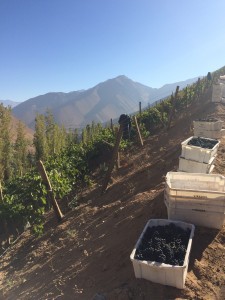
Perhaps it is a blessing in disguise that the exigent nature of these high altitude plantings means that there’s no room for sub-par producers. One of the most imposing conditions for Chile’s altitude plantings is dedication.
A mountain range ripe for exploration
Is altitude exploration limited to this small corner of the IV Region? It isn’t, but Elqui brings some special qualities that aren’t necessarily prevalent in other areas: purity of light and dry conditions with a cooling wind. Although in a country that stretches 4300kms in length with mountains running throughout there is plenty to investigate.
Just below Elqui, in the coastal region of Limarí, one of the key players there is exploring higher into the hills. Felipe Müller from Tabalí has been vinifying – as of yet unreleased – wines from a new vineyard in the Andes. “I´m sure that there is a great potential in exploring the Andes area,” he comments. “Tabalí planted in 2010 a vineyard at 2,000m above sea level that is producing beautiful Malbec and Carmenere. The first vintage was 2013 and the wines are really exceptional, 2014 was a great year also, so we are very confident that climbing up into the Andes and planting vineyards at high altitude will be one of the next steps for the valley. So far the results are amazing!”
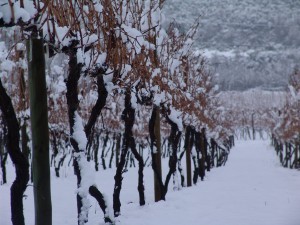
The future’s bright
With explorations up and down the country, at varying heights and with different varieties, the future of Chile’s altitude wines is still not set in stone. But one thing’s for sure, they seem to be heading straight to the top.
